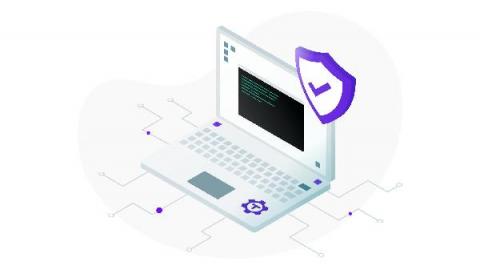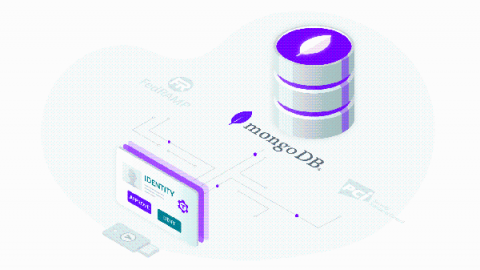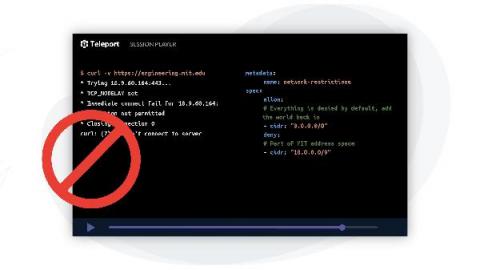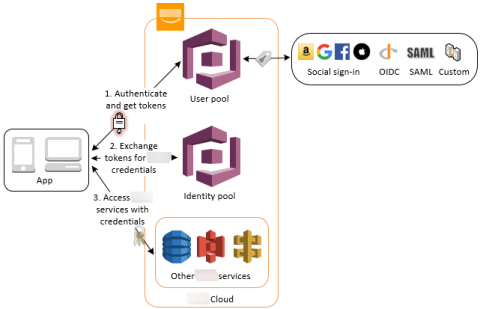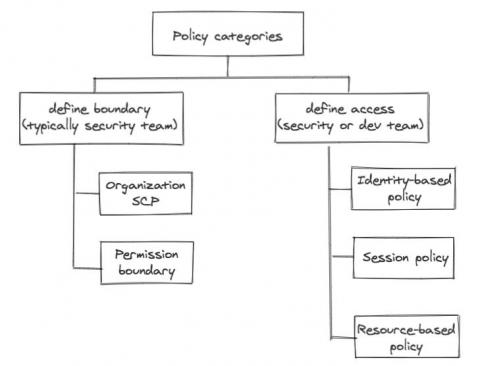How to Build a Startup Security Team: Advice from Security Experts
With the rise of security threats comes an increased need for strong security measures, but it’s hard to know where to invest your time and money, especially if you’re a small startup. Who should own security when you first get started? Is it worth it to hire a Chief Security Officer (CSO) right away? Is it better to build out an internal security team or hire an external agency instead?


